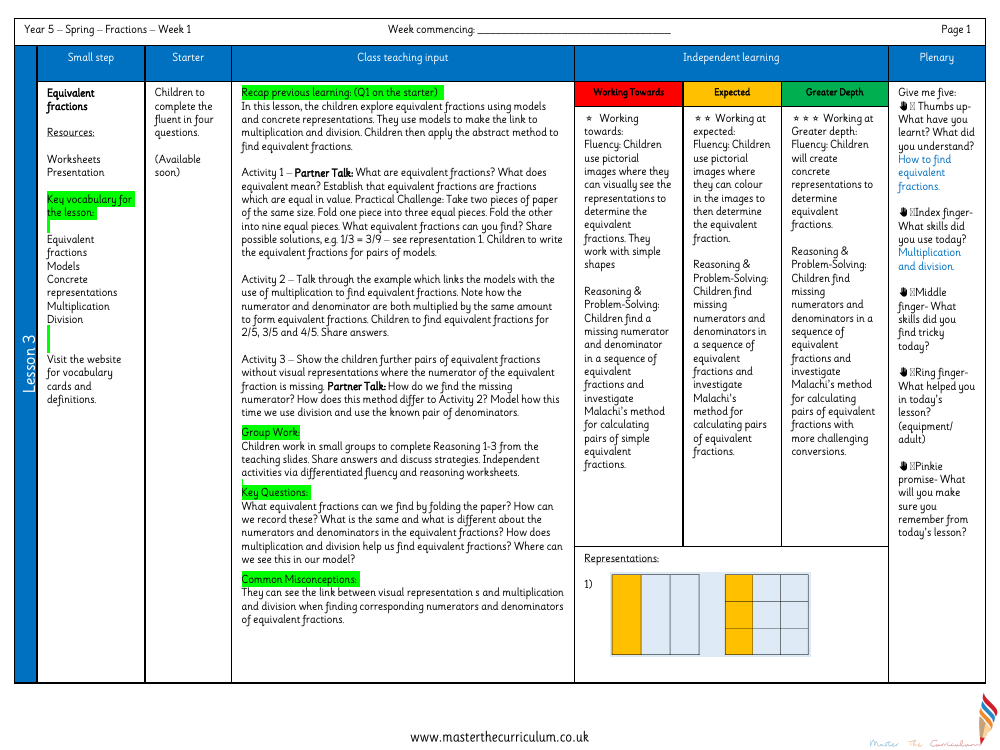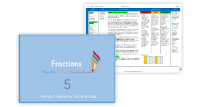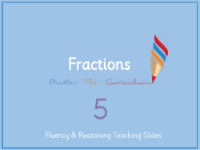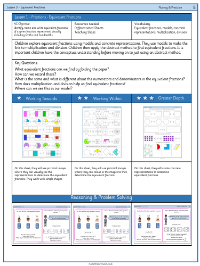Fractions - Equivalent Fractions (2) - Planning

Maths Resource Description
In a Year 5 lesson focused on understanding equivalent fractions, students delve into the concept using hands-on activities and visual aids. The lesson begins with a discussion on what equivalent fractions are, establishing their definition as fractions of equal value. Students engage in a practical challenge where they fold two identical pieces of paper to create visual models of equivalent fractions, such as folding one piece into thirds and the other into ninths to discover that 1/3 is equivalent to 3/9. This activity helps them to write equivalent fractions for given models. The lesson further develops their understanding by linking these visual models to multiplication, demonstrating how multiplying both the numerator and denominator by the same number results in equivalent fractions. Students practice this concept by finding equivalent fractions for fractions like 2/5, 3/5, and 4/5.
Moving beyond visual aids, the lesson introduces equivalent fractions without pictorial support, challenging students to find missing numerators through division, based on known pairs of denominators. In group work, students complete reasoning tasks from teaching slides and engage in independent activities with differentiated worksheets to consolidate their fluency and reasoning skills. Key questions prompt students to reflect on the role of multiplication and division in finding equivalent fractions, and how these operations relate to their models. The lesson is mindful of common misconceptions, ensuring students understand the link between visual representations and the mathematical operations involved. To conclude, a 'Give me five' activity encourages students to reflect on their learning, the skills they've used, what they found challenging, and what support was helpful. Differentiated outcomes cater to varying levels of understanding, from working towards fluency with simple shapes to achieving greater depth with more complex equivalent fraction conversions.



